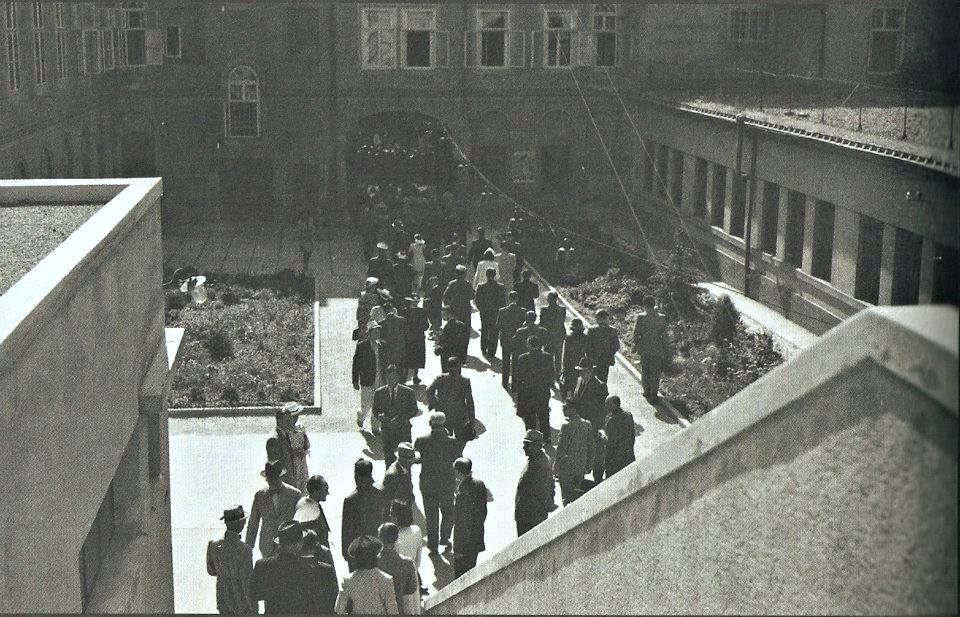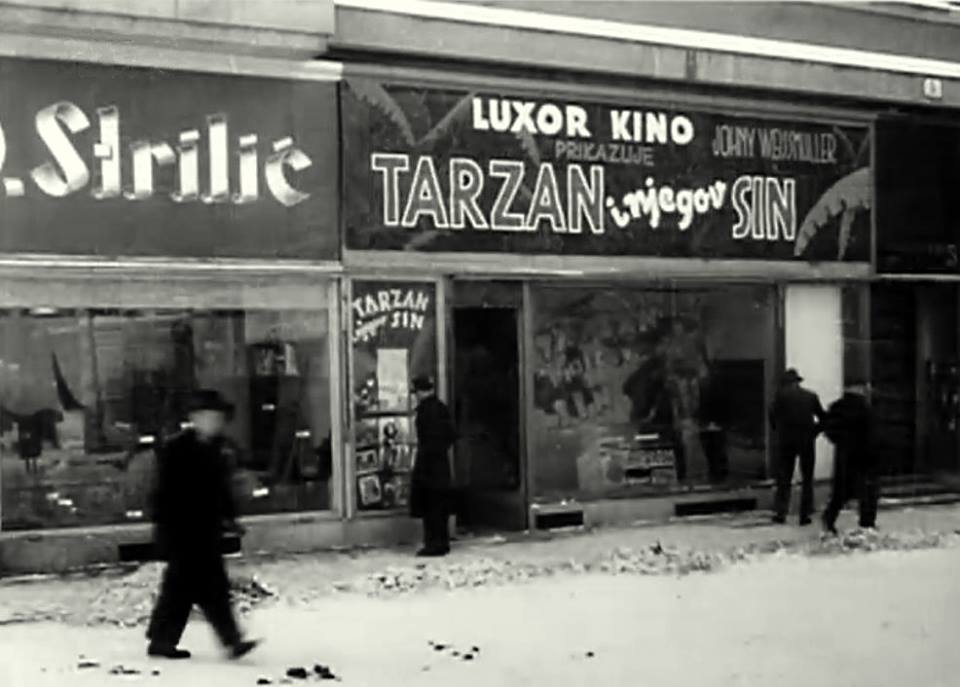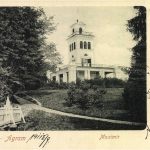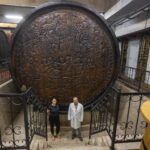In the age of multiplex cinemas catering to our need for entertainment at a few select locations in the city, it’s easy to forget that Zagreb used to have up to 25 cinemas operating both in the centre and in multiple neighbourhoods. The majority got closed before the end of the 20th century due to various circumstances, but some of them withstood the test of time and are still up and running, like Kino Europa (called Cinema Balkan until the 90s) and Cinema Tuškanac.
Locals remember going to the movies as a significant part of their youth, especially in the period between the 50s and the 80s when the number of cinemas and movie screenings was the highest. Here’s a couple of facts about the history of cinemas in Zagreb:
1) The oldest cinema in Zagreb was opened in 1906.
It was located in Gajeva street and originally called Pathé Bioskop, but later changed its name to Cinema Union. During some of the first screenings, the box office was allegedly marked with a sign ‘Forbidden for women and children’, suggesting that the movie in question – as it happens, it was French – contained scenes deemed inappropriate for the more sensitive part of the audience.
2) Movie tickets were cheaper.
All of us are aware of ticket prices gradually rising as we get older – these days, movie tickets along with popcorn and drinks for two can easily surpass the 100 kuna mark. The Golden Age of Hollywood seems to have been a golden age for cinema fans in Zagreb as well, for at the end of the 50s, a movie ticket in Cinema Končar used to cost 2 dinar, the exact same price of a tram ticket at the time. Imagine paying only 4 kuna to see a movie!

Cinema Lika
3) There used to be a black market for movie tickets.
Going to the movies was such a popular form of entertainment that the number of eager customers in line at a box office often surpassed the number of seats in the screening halls. This was seen as an opportunity by business-savvy ticket dealers, who bought tickets in advance and then sold them in front of the cinema for double the original price. Surprisingly, dealers had a certain code of honor – at the start of a screening, they handed out unsold tickets to local children who wanted to see the movie but couldn’t afford it.
4) ‘Historical cinemas’ doesn’t necessarily equal ‘high quality movies’.
Nowadays, existing arthouse cinemas have programs that offer an alternative to Hollywood blockbusters and mainstream movies, so we tend to view them as places that offer a more sophisticated content. Back in the day, those same cinemas screened movies that were massively popular at the time, ranging from run-of-the-mill comedies to soft-core erotica. Cinema Kustošija is fondly remembered for screening pornographic movies.
5) There’s always a chance for a cinema to reopen.
Cinema Kinoteka closed down in 2005 when the edifice was officially returned to its previous owner, the Church of St Blaise. Fortunately, it was recently decided to reopen the cinema – on April 22nd, Kinoteka is going back into business and will be managed by the Centre for Culture and Cinema August Cesarec. They are planning to set off with a series of European movie classics and later include distinguished contemporary movies. A great outcome and a valuable edition to Zagreb cinema network!

Cinema Luxor









